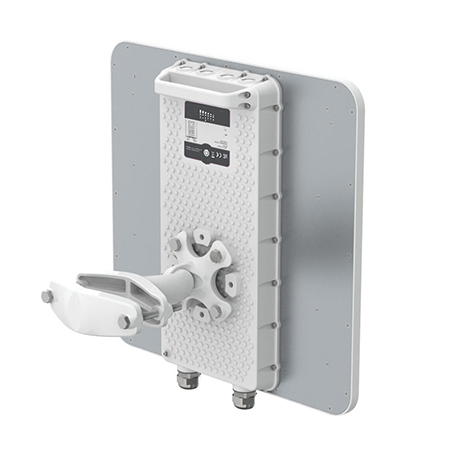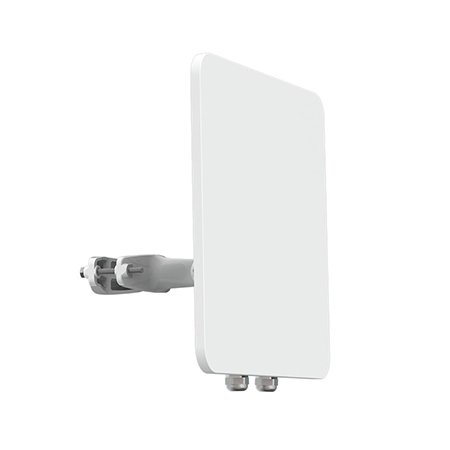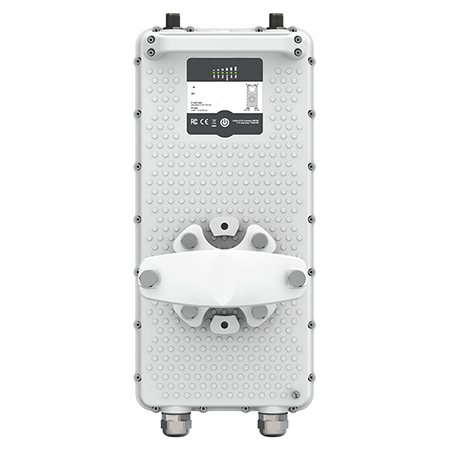Long-Range Wireless Bridge: 30 km vs 100 km wireless bridge Solutions
In today’s rapidly evolving wireless communication landscape, the need for long-range connectivity has never been more critical. Whether it's for remote industrial applications, rural broadband deployments, or large-scale surveillance networks, wireless bridges are essential for delivering stable and high-throughput data links over long distances. However, selecting the right wireless bridge—be it a 30-kilometer wireless bridge or a 100-kilometer wireless bridge—requires more than just checking the range on the specification sheet.
What Is a Wireless Bridge?
A wireless bridge connects two or more network segments without physical cables, transmitting data wirelessly over long distances. These devices are especially useful when deploying fiber optics is not feasible due to terrain, cost, or time constraints.
Wireless bridges are often used for:
Connecting remote buildings or campuses
Extending network coverage in industrial zones
Rural internet distribution
Long-distance CCTV monitoring
Offshore oil & gas platform communication
The Core Difference: 30 km vs 100 km Wireless Bridge
1. 30-Kilometer Wireless Bridge
A 30-kilometer wireless bridge is typically used in medium-range deployments where clear line-of-sight (LoS) is achievable. These solutions are ideal for applications such as:
Inter-building LAN extension in rural areas
Solar and wind farm connectivity
Agricultural monitoring systems
Mid-range video surveillance backhaul
Key features:
Stable high-speed links over moderate distances
Usually requires less power and smaller antennas
Easier to deploy and maintain
Cost-effective for typical rural or semi-urban setups
2. 100-Kilometer Wireless Bridge
The 100-kilometer wireless bridge is designed for extreme-range scenarios. These bridges are engineered to overcome signal attenuation over vast distances using high-gain antennas, precision alignment, and often licensed frequency bands.
Applications include:
Connecting mountain base stations
Maritime and offshore platform communication
National security and border surveillance
Mining operations in remote areas
Key features:
Requires precise LoS and advanced RF planning
Often uses licensed microwave or millimeter-wave frequencies
Needs higher power output and larger directional antennas
Higher cost but necessary for mission-critical, long-distance links
Factors to Consider When Choosing a Wireless Bridge
1. Line of Sight and Terrain
Both 30 km and 100 km wireless bridges require a clear LoS. However, longer distances are far more susceptible to Earth curvature, obstructions, and Fresnel zone interference.
For 30 km: LoS is relatively easy to achieve with elevated mounting or small towers.
For 100 km: You’ll likely need tall masts or relay stations, and careful planning to avoid terrain-induced signal loss.
2. Frequency Band
Unlicensed bands (2.4GHz, 5GHz) are common for 30 km links.
Licensed bands (6GHz, 11GHz, 18GHz) or E-band (60GHz – 80GHz) are typical for 100 km wireless bridges due to their stability and higher capacity.
Choosing the right band affects performance, interference immunity, and regulatory compliance.
3. Bandwidth and Throughput Needs
A 30-kilometer wireless bridge can deliver up to several hundred Mbps, sufficient for most applications like CCTV and data access.
A 100-kilometer wireless bridge, especially those using licensed microwave bands, can deliver gigabit speeds but may require more complex modulation and error correction techniques.
4. Power and Antenna Requirements
Longer distances require:
High-gain antennas (30 dBi or more)
Power amplification
UPS systems for outdoor units
Weather-resistant hardware, especially in harsh environments
In contrast, 30 km setups are generally more power-efficient and compact.
5. Budget Constraints
30-kilometer wireless bridge systems are generally priced between $300 – $1,000 per link, depending on throughput and brand.
100-kilometer wireless bridge systems can cost several thousand dollars due to advanced RF modules, licensed frequencies, and professional installation.
Real-World Use Cases
30 km Wireless Bridge: Smart Farming Project
In a rural agricultural deployment, a 30-kilometer wireless bridge was used to link a central data center with a remote solar-powered greenhouse. Using 5GHz dual-polarity antennas, the system supported real-time monitoring of soil moisture, temperature, and irrigation.
100 km Wireless Bridge: Remote Surveillance Network
A national defense contractor deployed a 100-kilometer wireless bridge across mountainous terrain to enable encrypted video feeds from a border post. By using licensed 11 GHz microwave links and 35 dBi dish antennas, the system maintained 99.999% uptime and 400 Mbps throughput over the extreme range.
Conclusion: How to Choose?
30-km Wireless Bridge
Use Case: Rural campus, farms, small towns
Cost: Affordable ($300–$1,000)
Setup Complexity: Moderate
Bandwidth: Up to 500 Mbps
License Required: Usually no
Maintenance: Simple
100-km Wireless Bridge
Use Case: Border control, oil rigs, remote mining
Cost: High ($3,000–$10,000+)
Setup Complexity: High (requires RF planning)
Bandwidth: 500 Mbps–1 Gbps+
License Required: Often yes
Maintenance: Needs regular monitoring
In short, if you're building a wireless link within a rural area, a 30-kilometer wireless bridge is sufficient, cost-effective, and quick to deploy. For more mission-critical, long-range communications—especially over rugged or challenging terrains—a 100-kilometer wireless bridge provides the performance and reliability needed, albeit with more technical and financial investment.
Final Thoughts
When designing long-range communication networks, selecting the right wireless bridge isn’t just about distance—it’s about understanding your environment, data needs, frequency options, and long-term goals. Partnering with experienced integrators and selecting high-quality equipment can make all the difference between seamless connectivity and costly downtime.
If you're evaluating options for your next project and need guidance on 30 km or 100 km wireless bridge solutions, don’t hesitate to consult with network engineers or solution providers who specialize in RF planning and deployment.
Final Thoughts
When designing long-range communication networks, selecting the right wireless bridge isn’t just about distance—it’s about understanding your environment, data needs, frequency options, and long-term goals. Partnering with experienced integrators and selecting high-quality equipment can make all the difference between seamless connectivity and costly downtime.
If you're evaluating options for your next project and need guidance on 30 km or 100 km wireless bridge solutions, don’t hesitate to consult with network engineers or solution providers who specialize in RF planning and deployment.
Explore More at TuQian wireless
TuQian wireless is a professional provider of long-range wireless communication solutions, specializing in industrial-grade wireless bridges, point-to-point links, and wireless
microwave video transmission systems. With years of experience in wireless networking, TQWiFi offers reliable products that are easy to deploy, even in the most demanding environments.
Whether you're building a 30-kilometer wireless bridge for a smart farming project or a 100-kilometer wireless bridge for offshore communication, TuQian wireless has the right solution tailored to your application.
Visit www.tqwifi.com to explore our full product range, get expert consultation, and find the best wireless bridge for your needs.
-
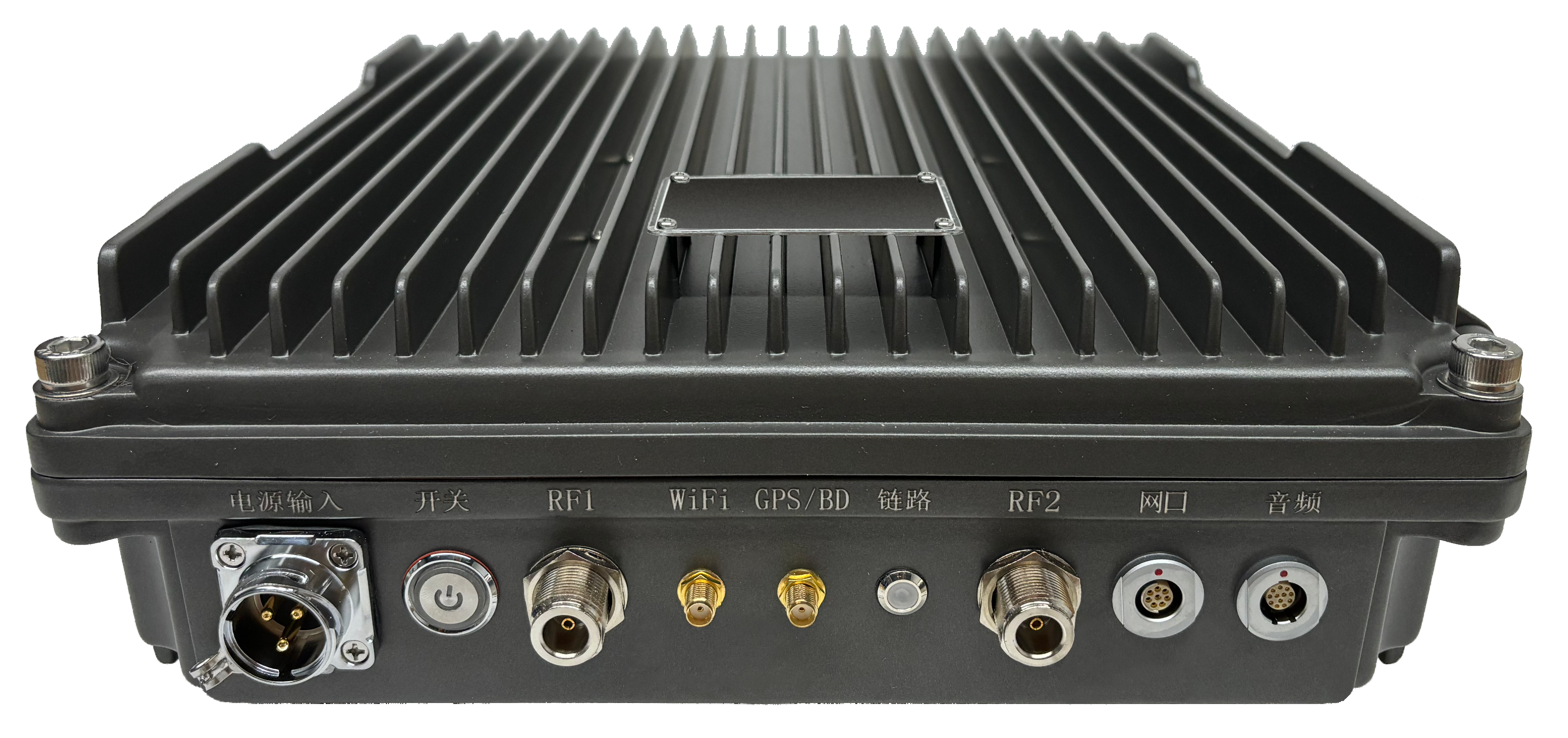 2025-10-28
2025-10-28 -

Applications of IP Mesh Radios in Military and UAV Communication
2025-10-28 -
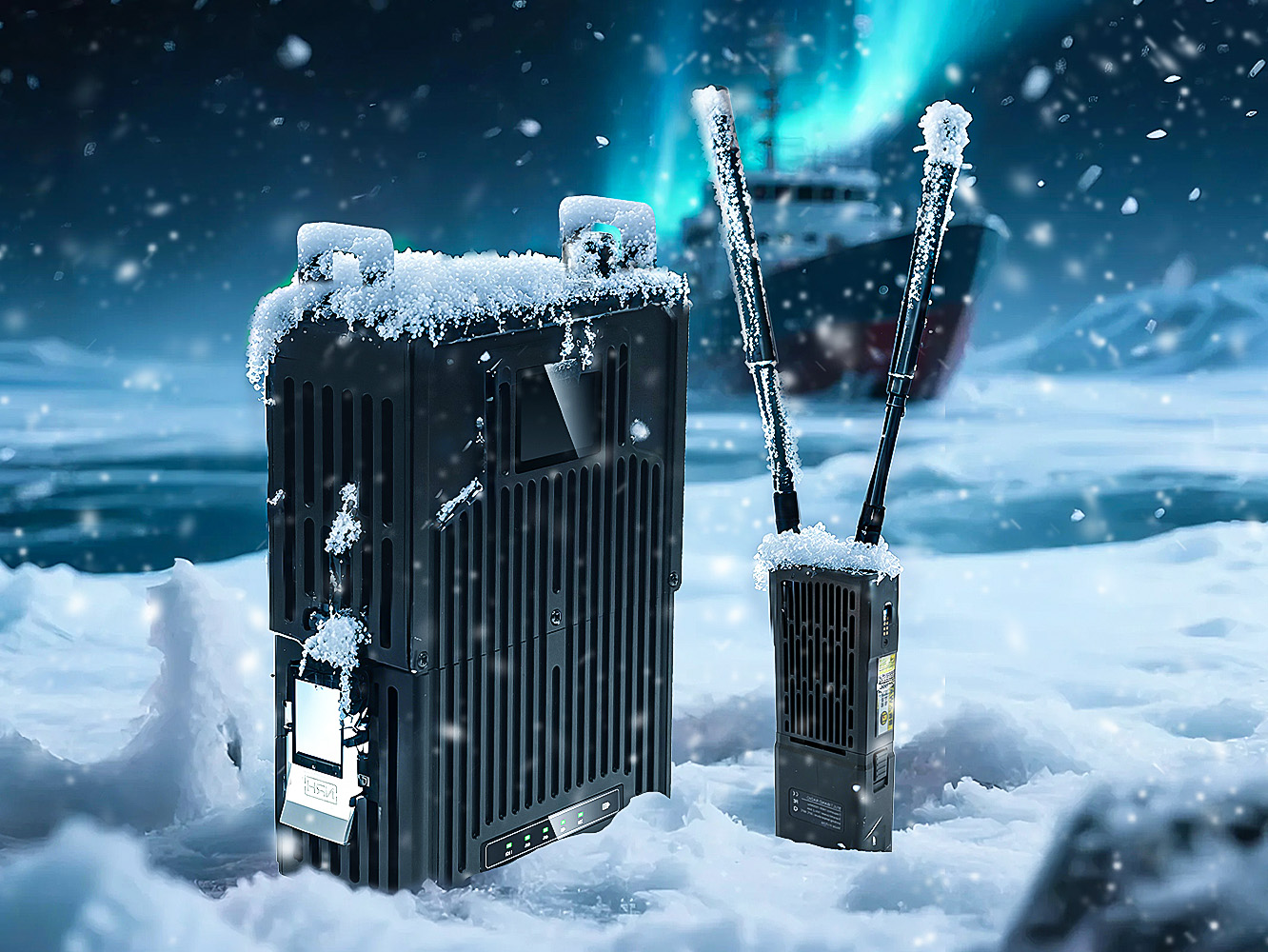
What Is Long Distance Communication and How Does It Work?
2025-10-20 -
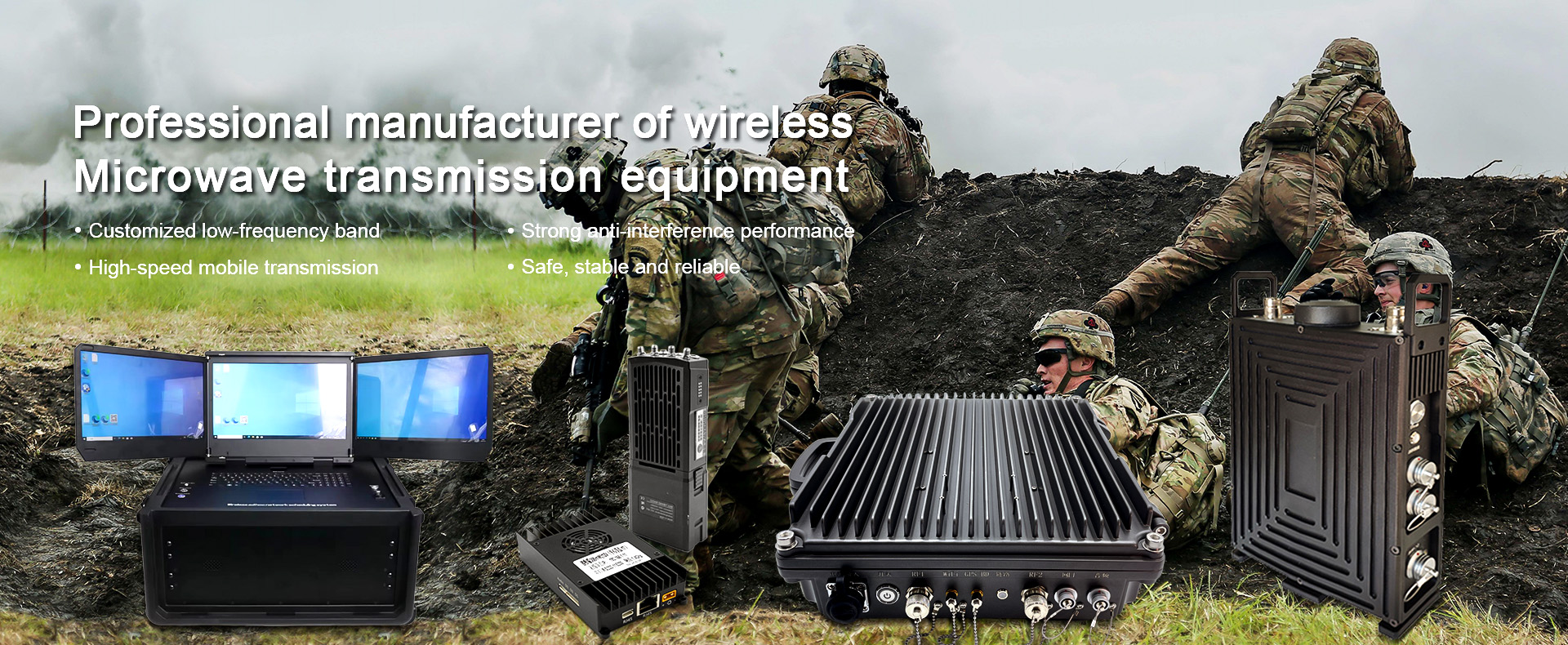
What Are the Four Types of Wireless Data Transmission?
2025-09-11 -

Which Wireless Technology Is Used for Long Distance Communication?
2025-09-02 -
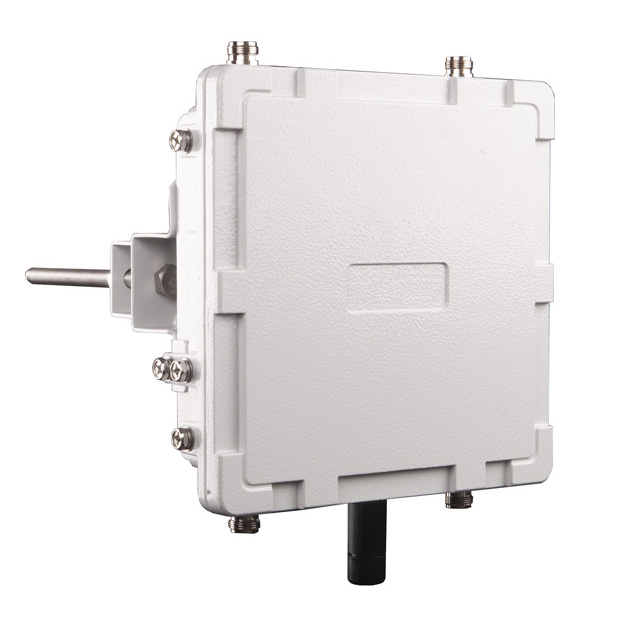
How High-Bandwidth MESH Communication Devices Ensure Stable Wireless Video Transmission
2025-08-28 -

How Does Microwave Power Transmission Work?
2025-08-18 -
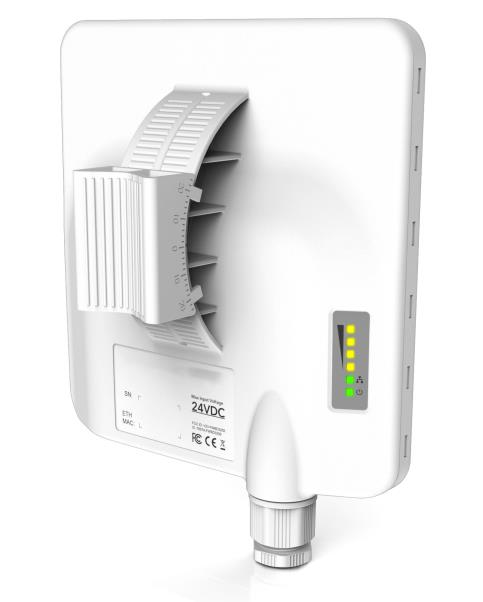
What Is Microwave Transmission?
2025-07-30








